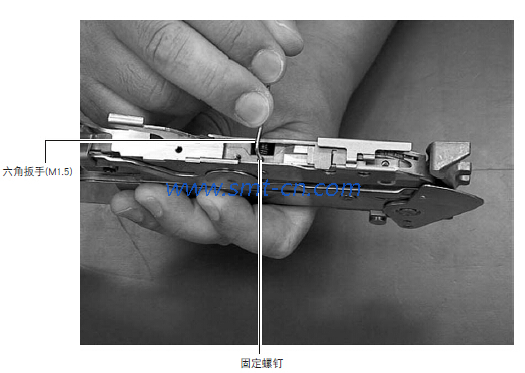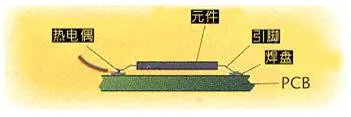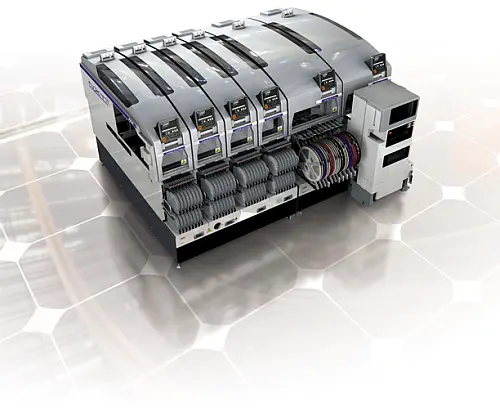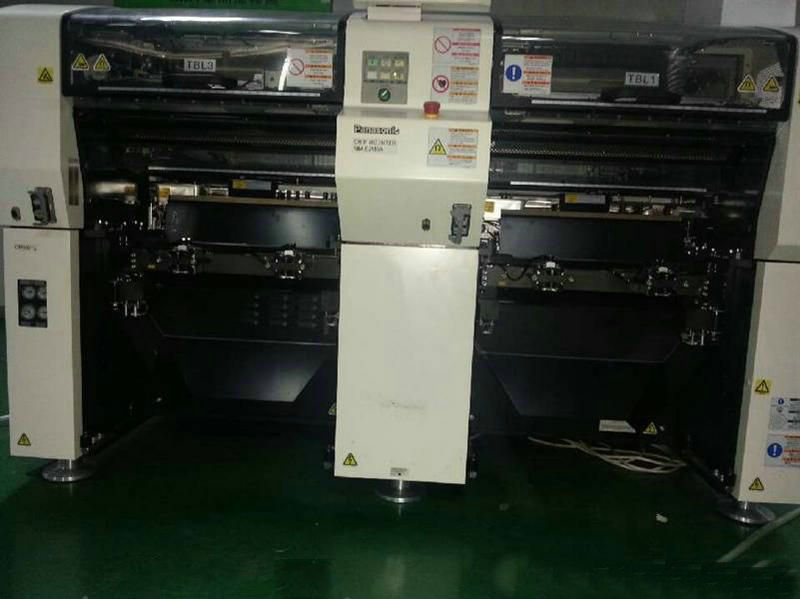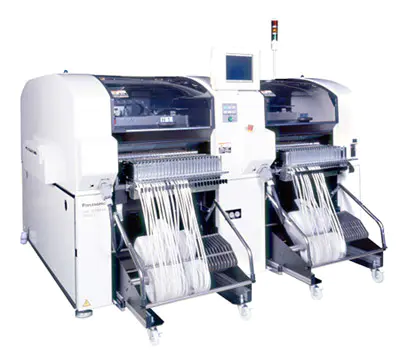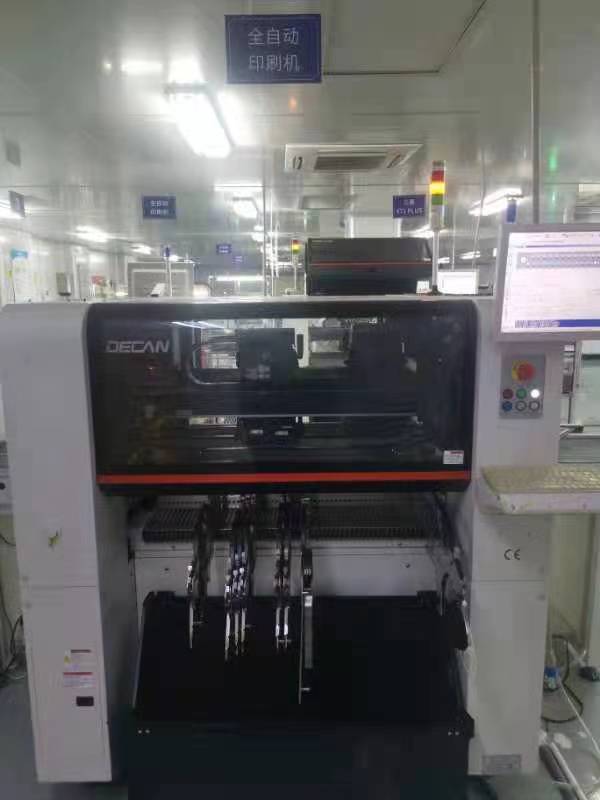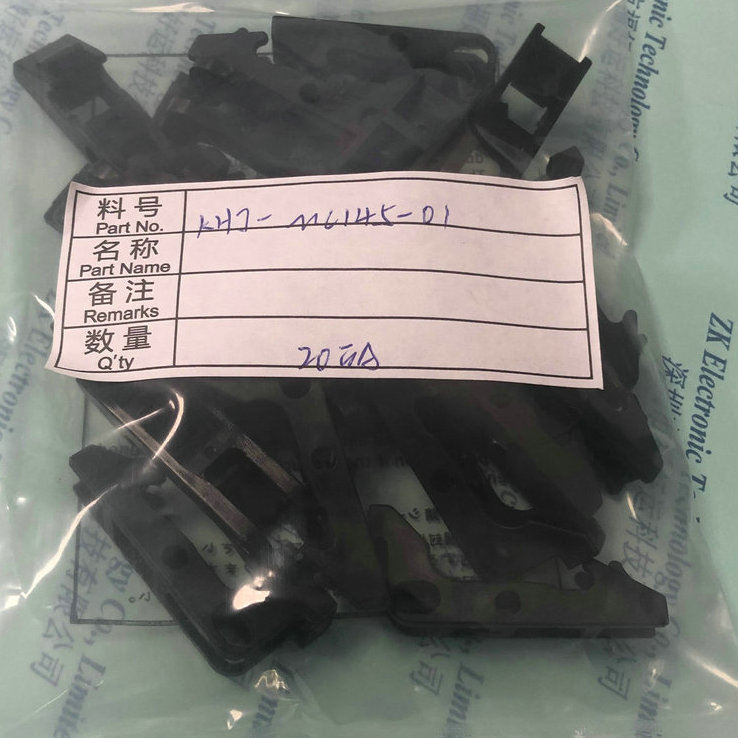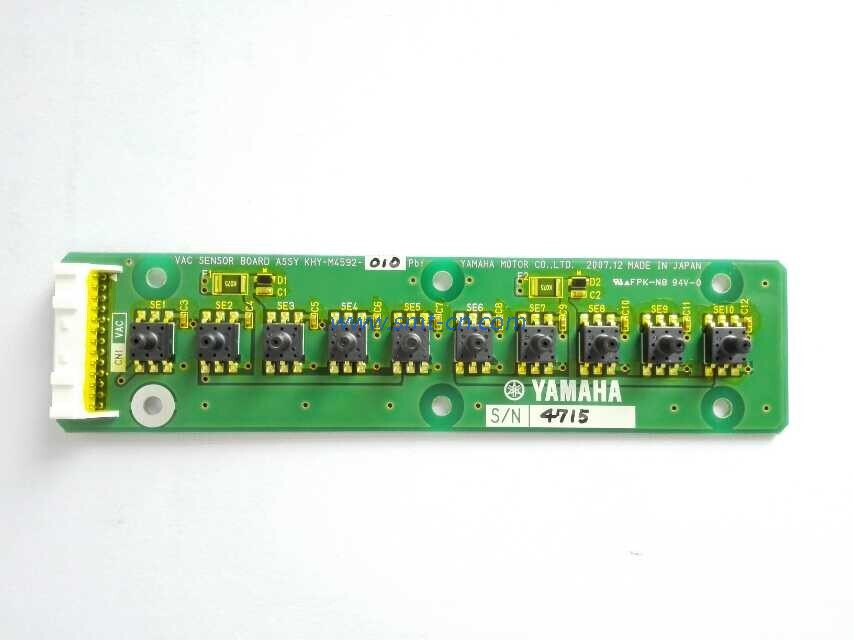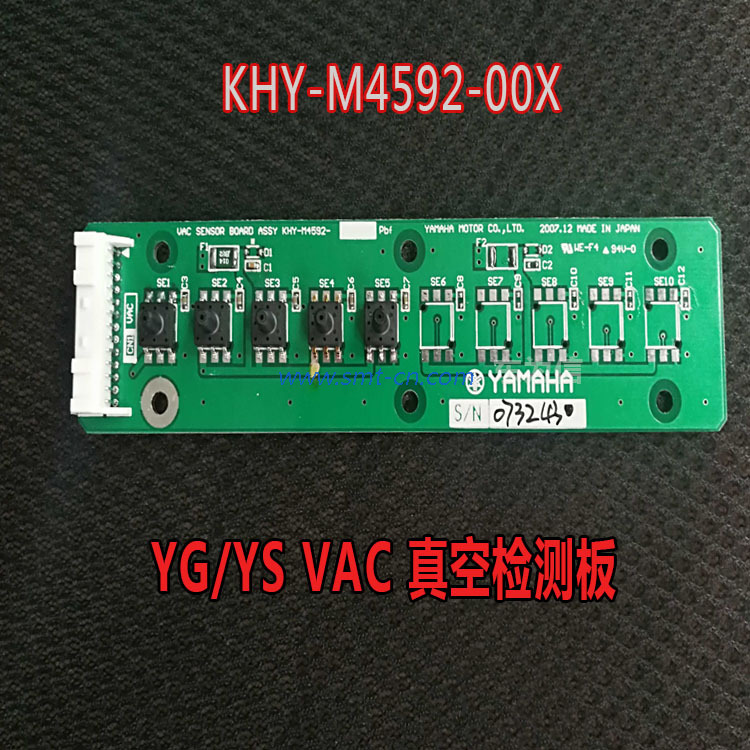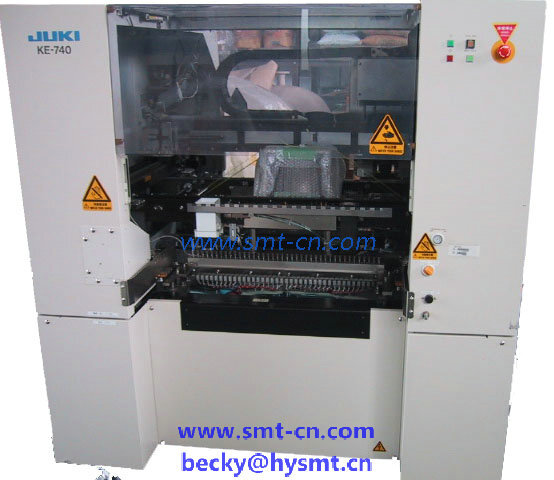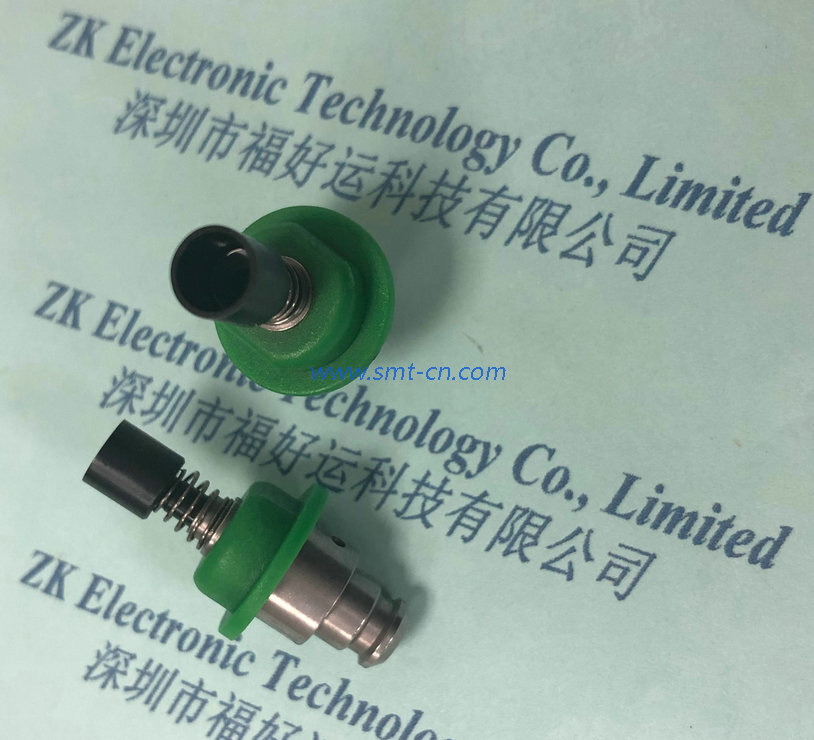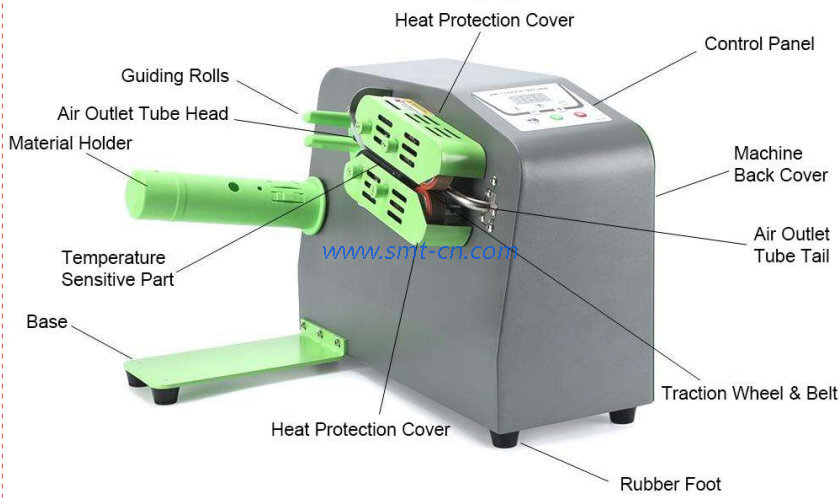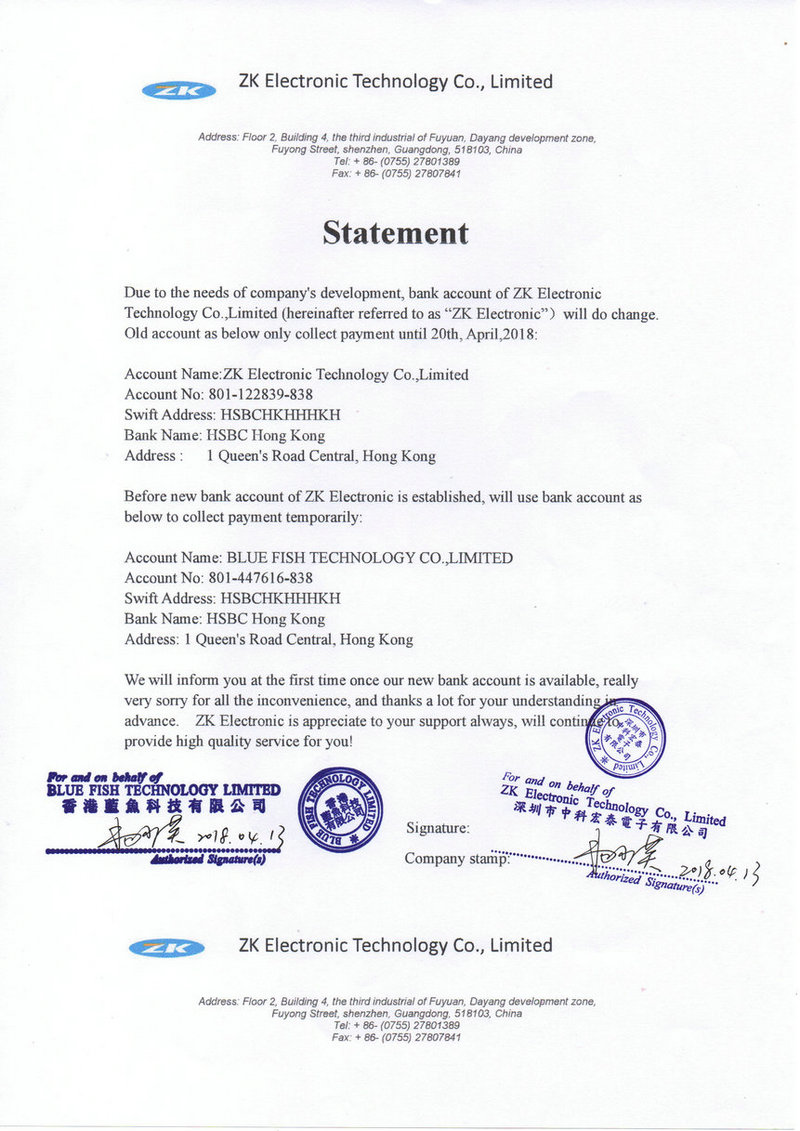NEWS
SMT Process Introduction
- Categories:Industry News
- Author:Becky Su
- Origin:
- Time of issue:2023-02-25 11:57
- Views:
(Summary description)SMT Process Introduction Types of SMT processes Type I Assembly with surface mount components only IA single-sided assembly with surface mount only Process:Silkscreen solder paste=>Mounted components=>Reflow soldering IB only surface mount double-sided assembly Sequence:Silkscreen solder paste=>Placement component=>Reflow soldering=>Reverse side=>Silkscreen solder paste=>Placement component=>Reflow soldering The second type of assembly using surface mount components on one side and surface mount components mixed with perforated components on the other side Process: silkscreen solder paste (top side) => mount components => reflow soldering => reverse side => spot glue (bottom side) => mount components => drying glue => reverse side => insert components => wave soldering The third type of top surface using perforated components, bottom surface using surface mount components assembly Process: Dispensing=>Placement component=>Drying adhesive=>Reverse side=>Insert component=>Wave soldering Receive PCB, placement components Placement program entry, track adjustment, furnace temperature adjustment Loading PCB Dispensing (printing) Lamination Inspection Curing Inspection Packaging Custody Process requirements and characteristics of each process. 1. Preparation before production l Clear the product model, PCB version number, production quantity and batch number. l Clear the type, quantity, specification and substitute material of components. l Clear the name of SMD, dispensing, printing program. l Clear Feeder list. l Have production operation instruction card and clear instruction card content. 2. Requirements for machine changeover l Make sure the machine program is correct. l Make sure the components of each feeder position correspond to the feeder list. l Make sure all track widths and positioning pins are in the correct position. l Make sure all feeders are properly and securely mounted on the table. l Verify that all feeders have the correct feeder spacing. l Make sure that the upper and lower plates of the machine are not smooth. l Check if the dispensing volume, size, height and position are suitable. l Check whether the amount, height and position of printed solder paste are suitable. l Check whether the placement component and position are correct. l Check whether air bubbles are generated after curing or reflow.
SMT Process Introduction
(Summary description)SMT Process Introduction
Types of SMT processes
Type I Assembly with surface mount components only
IA single-sided assembly with surface mount only
Process:Silkscreen solder paste=>Mounted components=>Reflow soldering
IB only surface mount double-sided assembly
Sequence:Silkscreen solder paste=>Placement component=>Reflow soldering=>Reverse side=>Silkscreen solder paste=>Placement component=>Reflow soldering
The second type of assembly using surface mount components on one side and surface mount components mixed with perforated components on the other side
Process: silkscreen solder paste (top side) => mount components => reflow soldering => reverse side => spot glue (bottom side) => mount components => drying glue => reverse side => insert components => wave soldering
The third type of top surface using perforated components, bottom surface using surface mount components assembly
Process: Dispensing=>Placement component=>Drying adhesive=>Reverse side=>Insert component=>Wave soldering
Receive PCB, placement components Placement program entry, track adjustment, furnace temperature adjustment Loading PCB
Dispensing (printing) Lamination Inspection Curing Inspection Packaging Custody
Process requirements and characteristics of each process.
1. Preparation before production
l Clear the product model, PCB version number, production quantity and batch number.
l Clear the type, quantity, specification and substitute material of components.
l Clear the name of SMD, dispensing, printing program.
l Clear Feeder list.
l Have production operation instruction card and clear instruction card content.
2. Requirements for machine changeover
l Make sure the machine program is correct.
l Make sure the components of each feeder position correspond to the feeder list.
l Make sure all track widths and positioning pins are in the correct position.
l Make sure all feeders are properly and securely mounted on the table.
l Verify that all feeders have the correct feeder spacing.
l Make sure that the upper and lower plates of the machine are not smooth.
l Check if the dispensing volume, size, height and position are suitable.
l Check whether the amount, height and position of printed solder paste are suitable.
l Check whether the placement component and position are correct.
l Check whether air bubbles are generated after curing or reflow.
- Categories:Industry News
- Author:Becky Su
- Origin:
- Time of issue:2023-02-25 11:57
- Views:
SMT Process Introduction
Types of SMT processes
Type I Assembly with surface mount components only
IA single-sided assembly with surface mount only
Process:Silkscreen solder paste=>Mounted components=>Reflow soldering
IB only surface mount double-sided assembly
Sequence:Silkscreen solder paste=>Placement component=>Reflow soldering=>Reverse side=>Silkscreen solder paste=>Placement component=>Reflow soldering
The second type of assembly using surface mount components on one side and surface mount components mixed with perforated components on the other side
Process: silkscreen solder paste (top side) => mount components => reflow soldering => reverse side => spot glue (bottom side) => mount components => drying glue => reverse side => insert components => wave soldering
The third type of top surface using perforated components, bottom surface using surface mount components assembly
Process: Dispensing=>Placement component=>Drying adhesive=>Reverse side=>Insert component=>Wave soldering
Receive PCB, placement components Placement program entry, track adjustment, furnace temperature adjustment Loading PCB
Dispensing (printing) Lamination Inspection Curing Inspection Packaging Custody
Process requirements and characteristics of each process.
1. Preparation before production
l Clear the product model, PCB version number, production quantity and batch number.
l Clear the type, quantity, specification and substitute material of components.
l Clear the name of SMD, dispensing, printing program.
l Clear Feeder list.
l Have production operation instruction card and clear instruction card content.
2. Requirements for machine changeover
l Make sure the machine program is correct.
l Make sure the components of each feeder position correspond to the feeder list.
l Make sure all track widths and positioning pins are in the correct position.
l Make sure all feeders are properly and securely mounted on the table.
l Verify that all feeders have the correct feeder spacing.
l Make sure that the upper and lower plates of the machine are not smooth.
l Check if the dispensing volume, size, height and position are suitable.
l Check whether the amount, height and position of printed solder paste are suitable.
l Check whether the placement component and position are correct.
l Check whether air bubbles are generated after curing or reflow.
Related News
CONTACT US
Hotline:(0086)755-27801389
Mobile: (0086)15323874439
Sale No.1: becky@hysmt.cn
Sale No.2: fhysmt@hysmt.cn
Sale No.3: zksale@hysmt.cn
Sale No.4: sale@hysmt.cn
Sale No.5: elsey@hysmt.cn
GIVE ME A MESSAGE
Copyright: ZK Electronic Technology Co., Ltd 粤ICP备11054297号 Powered by www.300.cn



